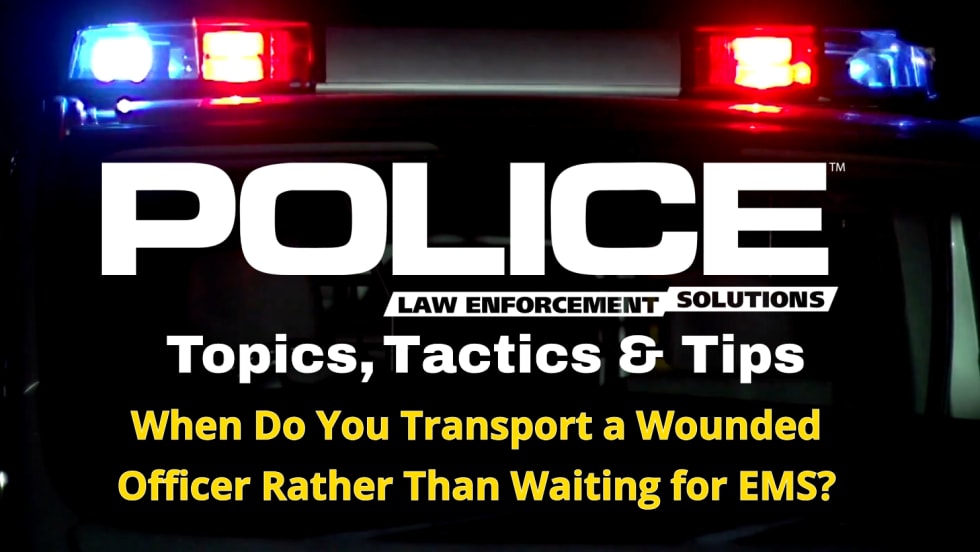In today's time and resource-constrained environment, it's more important than ever to provide new part-time police officers with efficient and effective training in the mechanics of arrest, restraint, and control (MARC). Full-time law enforcement officers in Maine must also be proficient in these same techniques. In Maine, all full-time law enforcement professionals are required to attend the Maine Criminal Justice Academy for 18 weeks to be certified.
In addition, individuals interested in becoming reserve police officers must successfully complete the Maine Criminal Justice Academy's (MCJA) sponsored Law Enforcement Pre-Service (LEPS) training program. A critical portion of this training program is the 22-hour hands-on MARC training conducted by certified MCJA instructors. LEPS students, many of whom have no experience in confronting or controlling people, will often be on patrol with law enforcement agencies all over the state of Maine within days of completing this program.











